10 Best Adventures of 1937
By:
May 15, 2017
Eighty years ago, the following 10 adventures — selected from my Best Thirties (1934–1943) Adventure list — were first serialized or published in book form. They’re my favorite adventures published that year.
Please let me know if I’ve missed any 1937 adventures that you particularly admire. Enjoy!
- J.R.R. Tolkien’s children’s fantasy adventure The Hobbit. In a hole in the ground there lived a hobbit: Bilbo Baggins. Tempted out of his sedate village by Gandalf, an itinerant wizard, Bilbo joins a company of dwarves on a journey across Middle Earth — to a destroyed dwarvish kingdom under the Lonely Mountain, where a hard of dragon-guard treasure awaits. Along the way, they encounter high elves and wood elves, man-eating trolls, giant spiders, and wart-riding goblins. On the shore of an underground lake, Bilbo steals a magical ring from a creature named Gollum; just how magical the ring is, readers wouldn’t discover until Tolkien’s epic sequel, The Lord of the Rings, published 1954–1955. Once the dragon is defeated, and the treasure recovered, Bilbo and the dwarves find themselves at the center of a major battle between what are essentially the Allies and Axis powers of Middle Earth. How is a hobbit supposed to survive? Fun facts: Tolkien’s novel was inspired by George MacDonald’s The Princess and the Goblin, Samuel Rutherford Crockett’s adventure The Black Douglas, and Jules Verne’s Journey to the Center of the Earth. Speaking of the latter, it’s my theory that Middle Earth is inside our planet!
- Hergé’s Tintin adventure L’Île noire (The Black Island, 1937–1938; as a color album, 1943). In a crime thriller influenced by adventure writer John Buchan, Tintin pursues a criminal gang from the Belgian countryside (where he’s shot) to southeastern England (where he’s framed for robbery). Arriving at the estate of Dr. Müller, who operates a private mental institution, Tintin finally discovers what this gang is up to: they’re counterfeiters! The action then moves to a Scottish coastal village — perhaps inspired by Castlebay, in the Outer Hebrides — where Tintin and Snowy infiltrate a half-ruined castle, on an island, guarded by a gorilla! Meanwhile, detectives Thomson and Thompson are in top form. Fun facts: Dr. Müller, who would become a recurring character in the Tintin series, was inspired by Georg Bell, a Scottish forger who had been a vocal supporter of the Nazi regime; and also by the seemingly respectable Professor Jordan, in Hitchcock’s 1935 film adaptation of John Buchan’s The Thirty-Nine Steps.
- J.P. Marquand’s Mr. Moto espionage adventure Think Fast, Mr. Moto. In the third Mr. Moto adventure, Wilson Hitchings, a young Bostonian from a Brahmin family — the sort of family satirized in Marquand’s Pulitzer Prize-winning novel The Late George Apley, also published in 1937 — is sent to Honolulu in order to close down a gambling establishment which is giving his family’s firm a bad name. The casino is operated by a beautiful relative of Wilson’s, Eva, who doesn’t want it to close; unbeknownst to her, the gangster Chang is using the casino to launder money sent to Chinese rebels working to take back Manchuria from the Japanese. Enter the polite, yet clever and ruthless Mr. Moto, agent of the Japanese government… Will Wilson demonstrate Bostonian resourcefulness, or is he a lost cause? Fun fact: Originally published in serial form in the Saturday Evening Post, 1936.
- Cameron McCabe’s crime adventure The Face on the Cutting-Room Floor. Estella Lamare, an actress, is cut by a movie’s producer; that is to say, her scenes are edited out from the film. Estella herself, meanwhile, is found dead in the studio’s London cutting-room. Although her murder was filmed by an automatic camera, the evidence has vanished. The investigation ranges across the city; jazz music is frequently and lyrically described. The novel’s principal character is named Cameron McCabe (which is also the author’s name). A Scotland Yard detective shows up, and the novel becomes an exercise in subjectivity as the two men joust over their different perceptions of the same event. The concluding section of the book is an epilogue commenting on the novel’s literary qualities, which range from hardboiled genre writing to stream of consciousness passages a la Hemingway or Joyce. Fun fact: “Cameron McCabe” was actually Ernest Borneman, a 22-year-old communist refugee from Nazi Germany. He worked as a film editor, was well-acquainted with Bertolt Brecht’s alienation techniques, and particularly admired American crime fiction. The Face on the Cutting-Room Floor has been described as an “extraordinary work of [proto-]postmodern fakery.”
- C.S. Forester’s Horatio Hornblower historical sea-going adventure The Happy Return (Beat to Quarters). Horatio Hornblower, a junior Royal Navy captain on independent duty on a secret mission to the Pacific coast of Nicaragua, attempts to aid Don Julian Alvarado, a local leader rebelling against Spanish rule. The year is 1808. Alas, Don Julian is a megalomaniac who claims to be a descendant of Moctezuma! Hornblower and his crew vanquish a more powerful Spanish ship, then rescue its officers from the murderous Don Julian. Then, learning that Spain and England have entered into an alliance against Napoleon, Hornblower must recapture the Spanish ship. Meanwhile, he meets Lady Barbara Wellesley, who fans of the Hornblower series will recognize as a long-term love interest. The action is thrilling, but where Forester excels is in depicting Hornblower’s self-doubt and questioning — his inner turmoil. Fun fact: This is the first Hornblower book by publication date, though the sixth by internal chronology. Aficionados suggest that readers begin with this installment.
- Olaf Stapledon’s Golden Age sci-fi adventure Star Maker. Stapledon’s extraordinary, brilliant (if often difficult) novel describes a history of life in the universe, while exploring the philosophical notion that between different civilizations, no matter how physically and mentally dissimilar they may be, there must exist a progressive unity. Via unexplained means, our narrator is transported from England — and out of his body — into space. He explores alien civilizations on other worlds — and his consciousness merges with that of beings from these worlds, who then join him on his journey around the universe. Like humankind, we discover, alien species evolve in a Darwinian manner, and possess a capacity to value, to be aware, and to be creative. In addition to many imaginative descriptions of species, we encounter far-out technological marvels and sci-fi concepts: the first known instance of what is now called the Dyson sphere; descriptions of the Multiverse; the idea that the stars are intelligent beings; the formation of a networked consciousness spanning planets, galaxies, and even the cosmos; and a Star Maker who creates the universe but views it without any feeling for the suffering of its inhabitants. At last, invested with cosmic consciousness, our narrator returns to Earth at the place and time he left. Fun fact: Stapledon’s novel has been praised by H. G. Wells, Virginia Woolf, Jorge Luis Borges, Brian Aldiss, Doris Lessing, Stanisław Lem, and Arthur C. Clarke.
- Eric Ambler’s espionage adventure Uncommon Danger (US title: Background to Danger). Kenton, a freelance journalist, is headed from Nuremburg to Vienna (pre-WWII) after a night of gambling. He’s broke, so when a Jewish refugee escaping Nazi agents offers to pay him to smuggle valuable financial documents across the Austrian border, he jumps at the chance. However, when Kenton arrives at the man’s hotel, he finds him murdered; the documents, it seems, are of vital importance — but to whom? Although the plot is convoluted (the Jewish man was actually a Russian double-agent, the documents wereRussian plans for a possible attack on an oil-producing region in an area contested by Russia and Romania), the action is fast-paced. Kenton flees across central Europe, pursued by communist and fascist agents. Fun facts: Adapted as a rather dull film (Background to Danger) in 1943, directed by Raoul Walsh. The film starred George Raft as Kenton; and Sydney Greenstreet and Peter Lorre, in one of their nine appearances together.
- Ernest Hemingway’s sea-going adventure To Have and Have Not. When a boorish customer stiffs Key West’s Harry Morgan, his already shaky charter fishing business founders. He has a wife and three daughters to feed; so he agrees to transport some illegal Chinese immigrants, and hard liquor, in from Cuba. Harry’s boat crew — including a drunk who’s no longer much use as a sailor — are even more luckless “have notes” than he is. Cuban revolutionaries turn up, and nearly transform this novel into a political thriller… but although Harry sympathizes with their cause, he isn’t much impressed by the revolutionaries themselves. His true sympathies are with Key West’s idle but authentic “conches.” The writing is experimentalist, the plot disjointed. But the descriptions of Harry’s adventures at sea are terrific. Fun facts: Hemingway complained that this was his worst book; some readers agree, while others think it’s brilliant. Part of it was published in Cosmopolitan in 1934; another part in Esquire in 1936. Loosely adapted in 1944 by Howard Hawks, as a film starring Humphrey Bogart, Walter Brennan and Lauren Bacall in her debut.
- Arthur Ransome’s YA seagoing adventure We Didn’t Mean to Go to Sea. Their adventures in and around an unnamed lake in the English Lake District now behind them, the Walker siblings — John, Susan, Titty, and Roger — are waiting in Harwich, a port on the North Sea, for their father’s return from China. While spending the night on a new friend’s sloop, they drift out to sea — and rather than risk wrecking the boat among the sandbanks and shoals of the estuary, they navigate across to Holland in a full gale. Without the Amazons along, the voyage is a test of the Swallows’ self-reliance and resourcefulness. Will they make their parents proud? Many readers consider this, the seventh installment in the Swallows and Amazons series, the best of the bunch. Fun fact: The Times Literary Supplement said, of this book at the time: “Here are real children using their faculties and keeping their wits when they are shrewdly tested.”
- William Sloane’s occult/sci-fi/crime adventure To Walk the Night. Professor LeNormand, an astronomer, is killed by a mysterious fire — was it murder? suicide? spontaneous combustion? When two former students of his investigate, one of them, Jerry, falls in love with LeNormand’s beautiful young widow, Selena. Jerry and Selena marry — and soon enough Jerry dies mysteriously, too. The other former student, Bark, finds Selena curiously cold and unwomanly. Is Selena possessed? An alien? A time traveler? Is Bark a closeted homosexual who was in love with Jerry all along? A truly strange and unclassifiable story, written beautifully. Fun fact: In a HILOBROW post, Barbara Bogaev calls To Walk the Night a “complex, surprisingly modern study in alienation.”

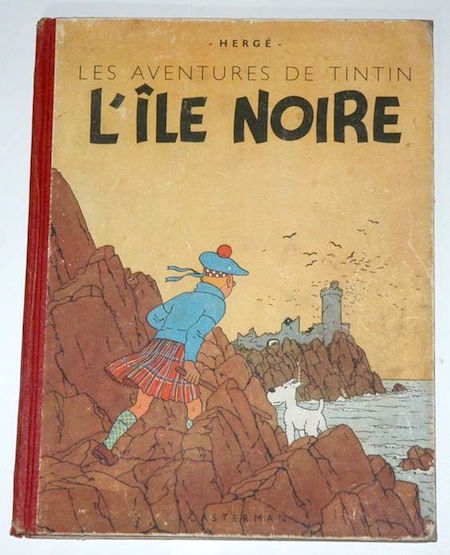
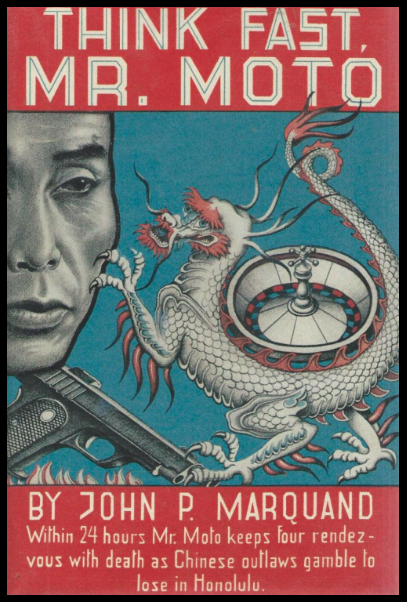
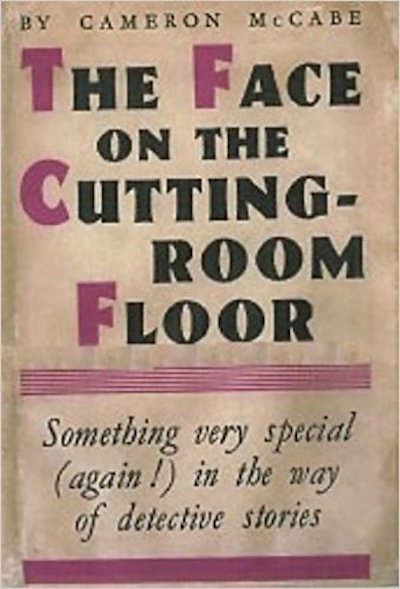
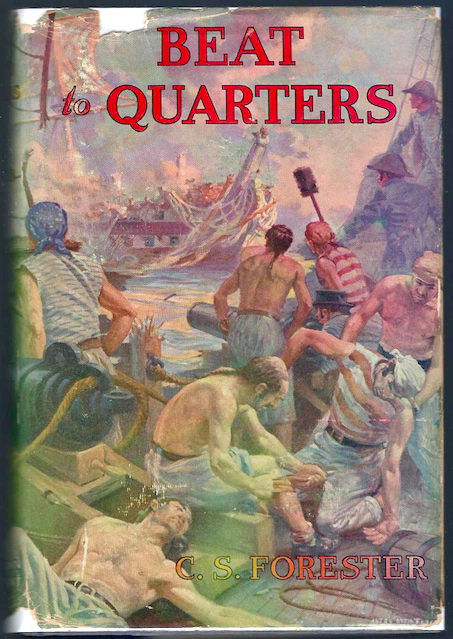
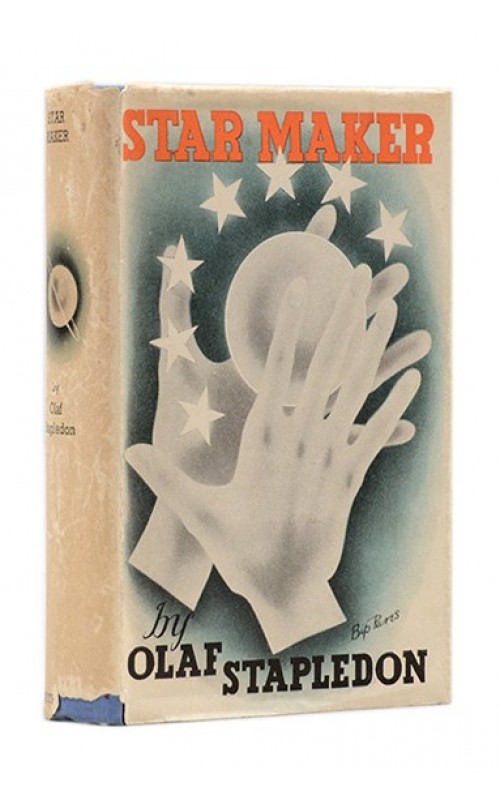
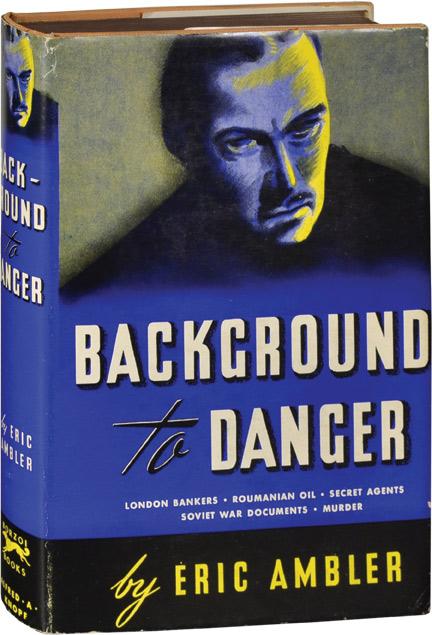

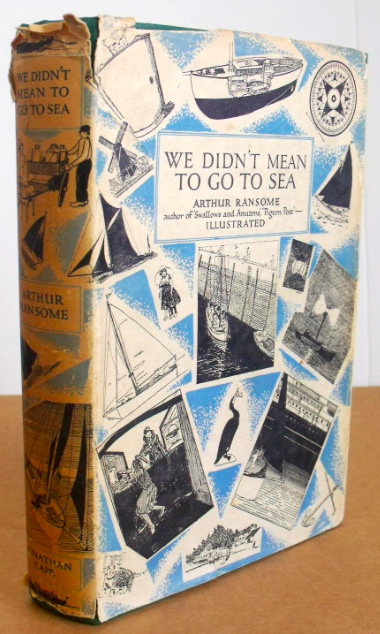
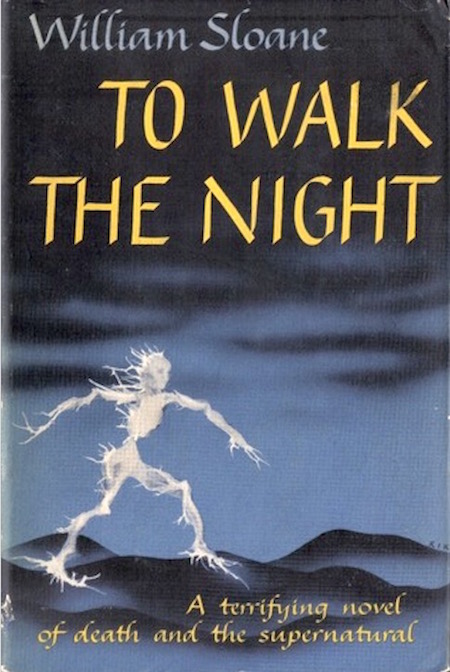
PS: So many good books this year! Wish I could include Noel Langley’s children’s fantasy adventure The Tale of the Land of Green Ginger.
JOSH GLENN’S *BEST ADVENTURES* LISTS: BEST 250 ADVENTURES OF THE 20TH CENTURY | 100 BEST OUGHTS ADVENTURES | 100 BEST RADIUM AGE (PROTO-)SCI-FI ADVENTURES | 100 BEST TEENS ADVENTURES | 100 BEST TWENTIES ADVENTURES | 100 BEST THIRTIES ADVENTURES | 75 BEST GOLDEN AGE SCI-FI ADVENTURES | 100 BEST FORTIES ADVENTURES | 100 BEST FIFTIES ADVENTURES | 100 BEST SIXTIES ADVENTURES | 75 BEST NEW WAVE SCI FI ADVENTURES | 100 BEST SEVENTIES ADVENTURES | 100 BEST EIGHTIES ADVENTURES | 75 BEST DIAMOND AGE SCI-FI ADVENTURES | 100 BEST NINETIES ADVENTURES (in progress) | 1994 | 1995 | 1996 | 1997 | 1998 | 1999 | 2000 | 2001 | 2002 | 2003 | NOTES ON 21st-CENTURY ADVENTURES.
